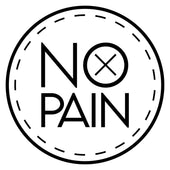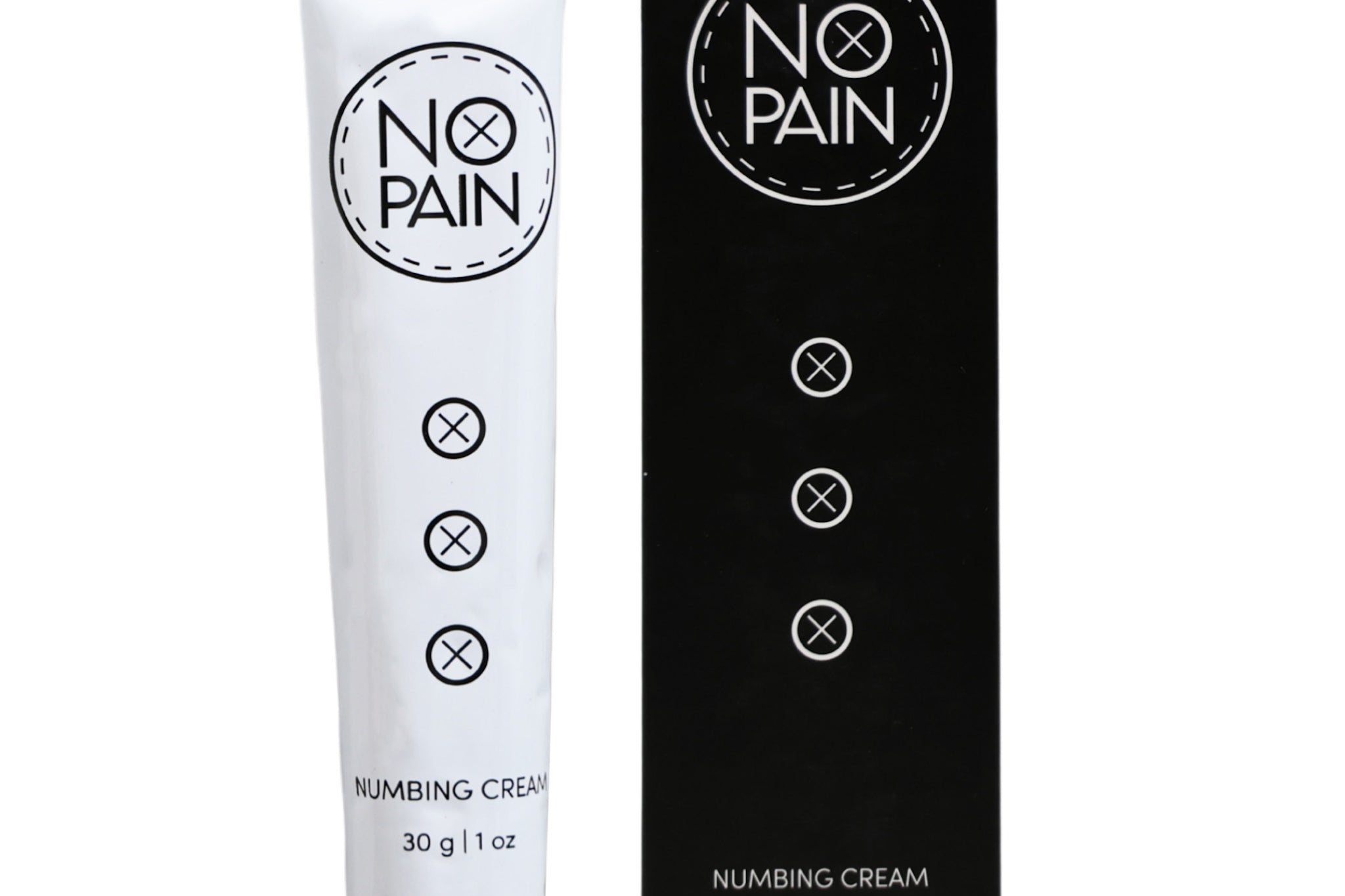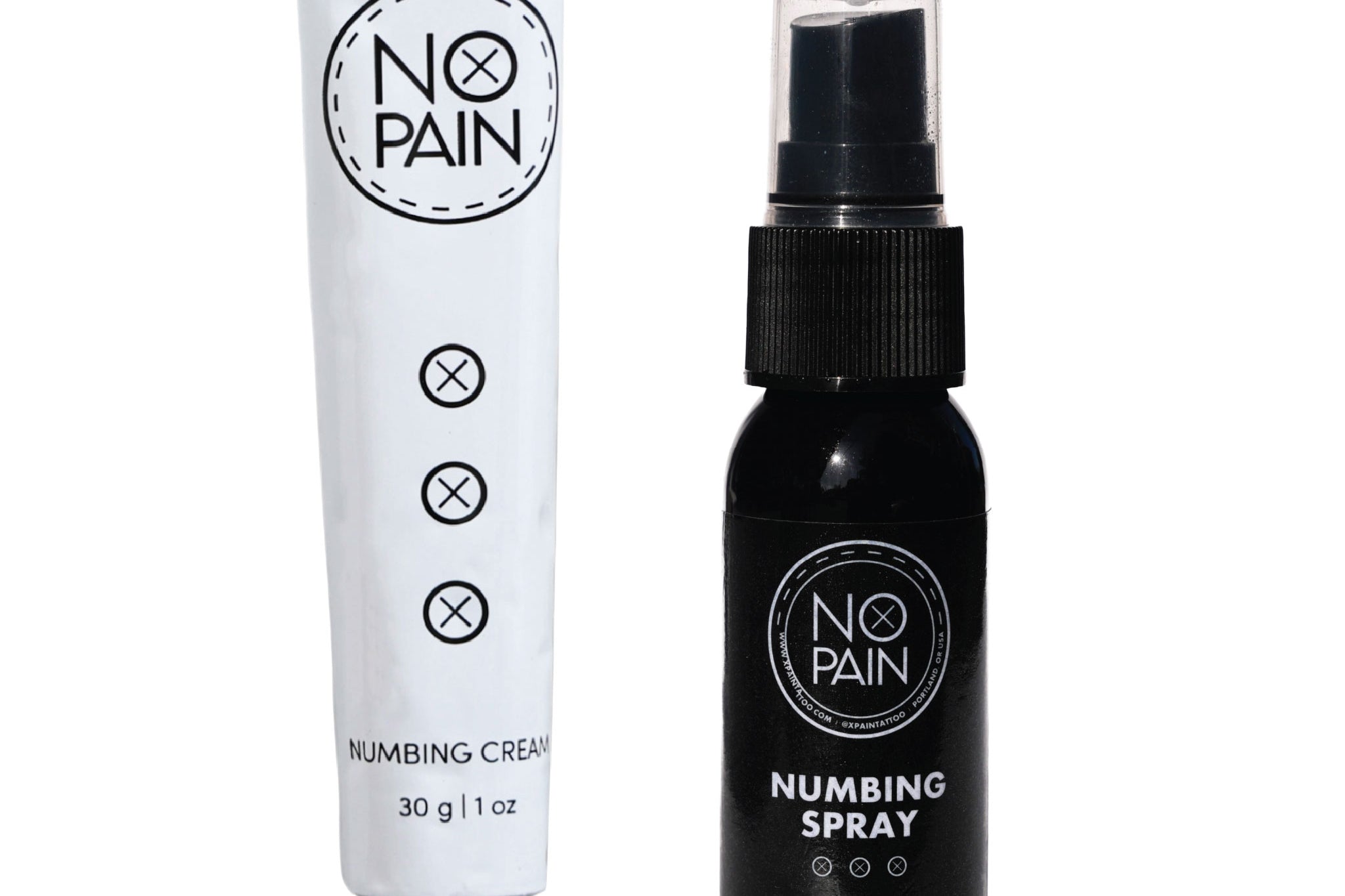Choosing where to get your tattoo is almost as big a decision as the design itself. It’s a permanent part of your personal landscape. But let’s be real, one of the first questions that pops into everyone’s head is: “How much is this going to hurt?”
You’ve probably seen a dozen different “tattoo pain charts” online, some more dramatic than others. The truth is, pain is subjective. But after decades in the tattoo world, we can give you an honest guide to what you can generally expect from different placements—and more importantly, how you can control the experience.
Here are the answers to the questions every single person thinks about before getting inked.
Q: What are the least painful places to get a tattoo?
If you’re looking for a smoother entry into the world of tattoos, or just want a more relaxed session, certain spots are definitely easier than others.
Generally, the least painful tattoo spots are areas with more flesh, muscle, and fat, and fewer nerve endings. Think of places that are less "bony." These include:
-
Outer Forearm: Plenty of muscle and thick skin make this a prime spot for a first tattoo.
-
Outer Bicep: Similar to the forearm, this area is fleshy and handles tattooing very well.
-
Calves: A solid, muscular area that’s relatively low on the pain scale for most people.
-
Upper Thigh: One of the easiest spots to get tattooed due to the significant muscle and fat layer.
Getting tattooed in these areas often feels more like a persistent, hot scratching sensation than sharp pain.
Q: What are the most painful places to get a tattoo?
Now for the spots that have a reputation. The most painful tattoo spots are typically where the skin is thin, close to the bone, and loaded with nerve endings. These are the areas where clients are most grateful for a little help.
The heavy hitters include:
-
Ribs & Sternum: The skin is thin and stretched directly over bone. Breathing can make this spot extra challenging.
-
Spine: Directly on the vertebrae is notoriously intense.
-
Hands, Fingers, & Feet: Very bony with tons of nerve endings, making them highly sensitive.
-
Knees & Elbows (and the "Ditch"): Constant movement and bony surfaces make these spots tough, both during the session and during healing.
-
Head & Neck: Extremely sensitive with very little between the skin and bone.

Tattoo by Filip Leu (2010) on Tyson Arndt, owner of BIGTIME Walk-In Tattoo in Portland, OR (@bigtimetattoopdx).
Even seasoned professionals aren't immune. We asked our friend, world-renowned artist Tyson Arndt, about his toughest spot. His answer was immediate:
"The top of the head for me was the absolute worst! I don't even know how I got through it. Just brutal!"
Does this mean you should avoid getting a tattoo in these places? Absolutely not. It just means you should be prepared. This is precisely why we created our Numbing Cream—to give you the freedom to get the art you want, wherever you want it, without the agony.
Q: How does tattoo placement affect the healing process?
Pain isn’t the only factor; healing is just as important. A tattoo on your forearm will heal differently than one on your foot.
-
High-Movement Areas: Tattoos on joints like your elbows, knees, wrists, and ankles can be tricky. The constant stretching and bending can irritate the tattoo and may lead to a longer healing time.
-
High-Friction Areas: Think about where your clothes rub. Your inner thigh, ribs (from a bra strap), or waistline can experience constant friction, which can disrupt the healing process.
-
Hands and Feet: These heal notoriously slow. They are constantly in motion and exposed to germs, requiring extra diligent aftercare.
Q: So, how can I make my tattoo hurt less?
This is the million-dollar question, and the answer is simple: preparation. While getting enough sleep and eating a good meal are important, the single most effective tool for managing pain is a high-quality, trusted numbing product.
This isn’t about "toughing it out." It's about having a better experience. It's about allowing your artist to do their best work without you flinching, fidgeting, or needing to tap out.
-
For Pre-Session Peace of Mind: Our No Pain Tattoo Numbing Cream is your first line of defense. Applied 60-90 minutes before your session, it numbs the area so profoundly that you can sit for hours in comfort. It allows you to get that rib piece or foot tattoo you’ve always wanted without dreading the process.
-
For Mid-Session Rescue: Maybe you decided to go at it without numbing cream and are starting to regret it. For those moments when you need a little something to get you over the finish line, our Final Mile Gel is your answer. Designed specifically for use on already broken skin, it provides fast-acting relief to help you power through that last crucial bit of shading or color.
Ultimately, the "perfect" placement is the one that’s right for you and your design. With the right preparation, you don’t have to let the fear of pain dictate your choice.
Ready to take control of your next tattoo? Shop our Numbing Cream and Final Mile Gel now.





